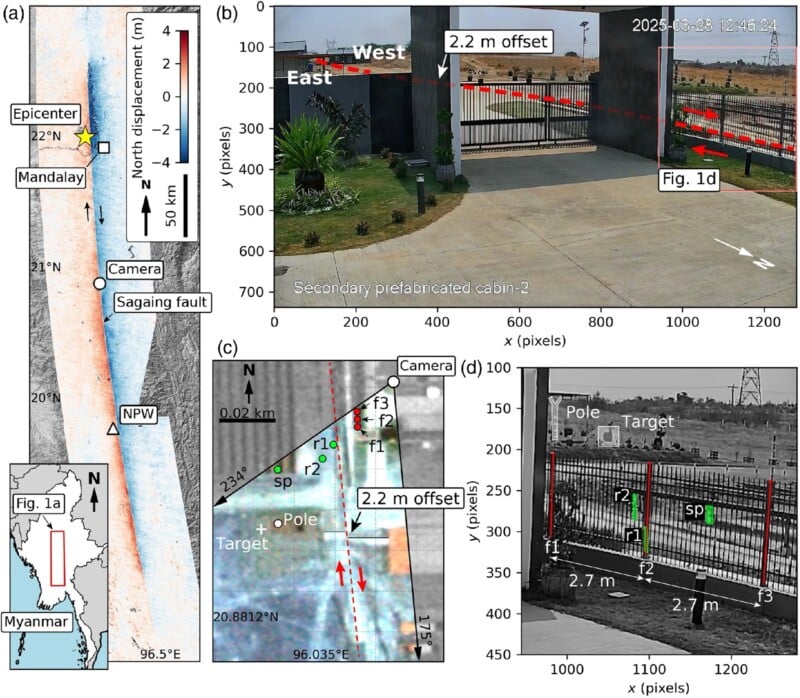TOPSHOT – Aerial imagery from August 10, 2023 shows the aftermath of devastating wildfires in Lahaina, western Maui, Hawaii. The fires have caused widespread destruction to homes and buildings. (Photo by Patrick T. Fallon / AFP) (Photo by PATRICK T. FALLON/AFP via Getty Images)
AFP via Getty Images
The recovery process in the aftermath of deadly wildfires in Hawaii is complex and challenging. In addition to dealing with the loss of life and displacement, the community in Maui and the town of Lahaina also face the long-lasting effects of environmental injustice and toxic waste left behind by the fires.
Lahaina has a rich history and cultural significance as Hawaii’s former royal capital. However, it has also experienced colonization and the displacement of native people. These historical factors contribute to present-day issues of gentrification and economic exclusion that Hawaiians continue to struggle with. Lahaina was also a key center for the whaling industry during the industrialization period.
In modern times, the growth of pineapple and sugar cultivation, along with tourism and construction, has brought its own set of challenges. Pineapple production, for example, involves the use of large amounts of water and chemical pesticides and fertilizers. Sugar production, which involves burning, has been criticized for its negative impacts on wastewater and air quality. The cumulative effect of these activities, combined with the depletion of marine resources and the erasure of cultural identity, has created an environment that is more vulnerable to disasters such as wildfires.
Wildfires of the magnitude seen in Hawaii not only cause immediate destruction but also leave behind hazardous chemicals and materials that hinder long-term recovery efforts. During a wildfire, various materials combust and release toxic substances such as particulate matter, heavy metals, volatile organic compounds, and polycyclic aromatic hydrocarbons into the air.
These pollutants can linger even after the fire is extinguished, settling on surfaces, soil, and water bodies. The smoke contains fine particles that can be inhaled, leading to respiratory problems and exacerbating existing health conditions. Additionally, the deposition of heavy metals and other toxic substances in the soil and water can contaminate these resources, posing risks to both human health and the ecosystem.
Understanding the Toxins and the Cleanup Process
According to Leila Darwish, a specialist in disaster resilience and recovery, wildfires interacting with man-made structures can have toxic repercussions. When homes, cars, power lines, and other items containing toxins and metals burn, they are reduced to ash, adding to the toxicity of the environment.
Due to the complexity of cleaning up toxic materials, the recovery and resilience-building process is often delayed. Contamination affects not only the soil and water but also the people relying on these systems.
As an island chain, Hawaii is particularly vulnerable to rising sea levels caused by climate change. Without effective mitigation measures, the available living space will decrease, putting people at risk.
Lahaina has long experienced a housing inequity problem, with skyrocketing rent and property costs displacing locals and native Hawaiians. This housing crisis must be considered as part of both the wildfire recovery and long-term disaster and climate mitigation planning. Therefore, Lahaina and its stakeholders must address both the historical harm and its impact on recovery, as well as the toxic aftermath left by the fires.
The aftermath of major wildfires extends beyond physical destruction. The toxic chemicals and materials left behind present numerous challenges to the long-term recovery of affected communities. It is crucial to have comprehensive strategies that incorporate environmental remediation, health interventions, and social support systems to ensure the holistic revival of communities devastated by wildfires.
As climate change leads to more frequent and severe wildfires, the decisions made in the wake of Lahaina’s disaster, as well as the lessons learned, will shape future approaches to climate-driven disasters.













